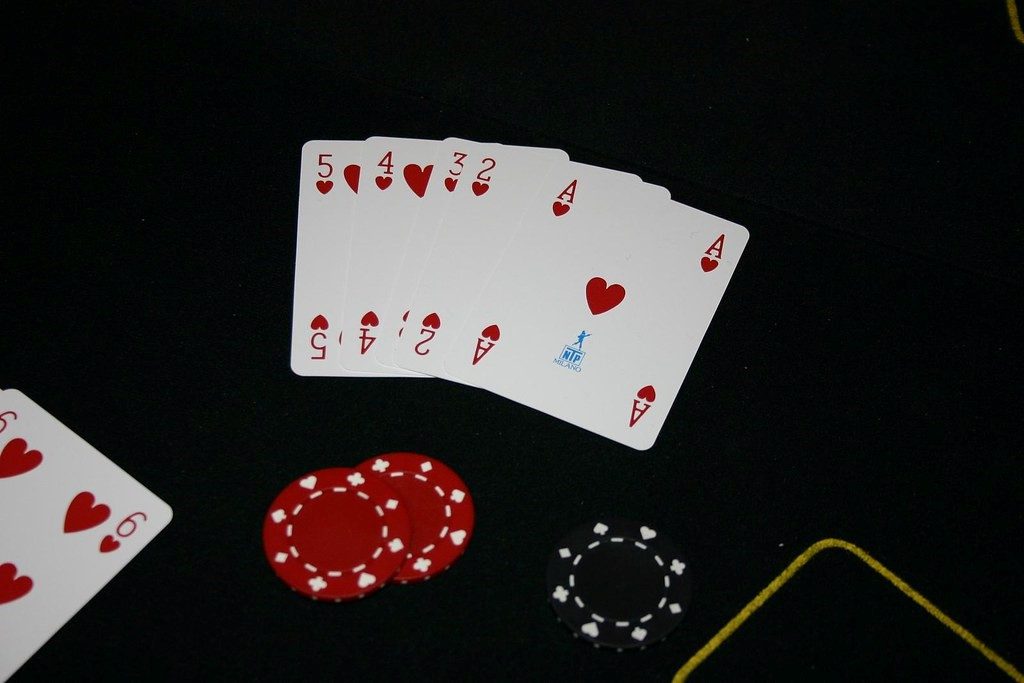Mastering poker is no easy feat. Whilst most card games have a relatively straightforward set of rules, to start with, poker requires a good understanding of the ranking value of different card combinations which include:
- High card
- One pair
- Two pairs
- Three of a kind
- Straight
- Flush
- Full house
- Four if a kind
- Straight flush
- Royal flush
As you can see, there are quite a few combinations and rankings that you will need to understand. Then, you also have to get your head around the tactics involved and the psychological side of the game. You will have heard the term ‘poker face’, which originates from the way poker players are able to conceal their expressions, so they don’t give their game away to their opponents.
When you’re sat with an unbeatable hand, you need to make key decisions regarding psychology – raise the stakes too much and you could cause your opponent to fold early. This is just the start; there is so much more to understand and get to grips with if you are to become a good poker player.
Learning the basics
Different people like to learn in different ways, so it is best to find the right way for you. Some people prefer to watch YouTube videos that explain the rules, whilst others like to read books. There are loads of websites dedicated to teaching novices the ropes if you like to do your research that way.
Other people prefer to learn poker by playing the game, either without any money at stake or using very small sums whilst they develop their understanding. You can take a look at our recommended live games to have a go at one of the poker games if that is your favorite way to learn how to play games, or just come back to it when you have built a good understanding of the game.
Like most games, the more you play, the more you improve, so playing regularly will help to get you quickly up to speed. As your understanding of the rules advances, you can start to think about applying more complex tactics to your game. David Sklansky’s books on poker, such as The Theory of Poker, are a good place to start if you are looking to take your poker to the next level after mastering the basics.
As a successful professional poker player, Sklansky has been sharing his tactics and insights into poker through numerous books and videos; there are few players in the world who can offer his experience and knowledge.

“poker 005” (CC BY 2.0) by raffaelesergi1977
Styles of play
Poker players tend to rotate through different styles of play:
Tight – A more cautious approach with few risks
Loose – A high-risk approach
Aggressive – Putting pressure on other players with big bets
Passive – Allowing the opponent to dictate play, with more calling than betting
The more comfortable you become with floating in and out of these styles, the better chance you have of success, as you become less predictable. This is particularly important if you play with the same players on a regular basis.
This is just a very quick introduction to the best ways to develop your poker knowledge and skills but, in reality, it can take years to master. However, if you spend the time to educate yourself and practice, you will have a really good chance of becoming a poker master.